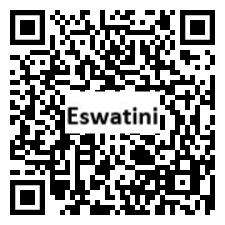Country Summary
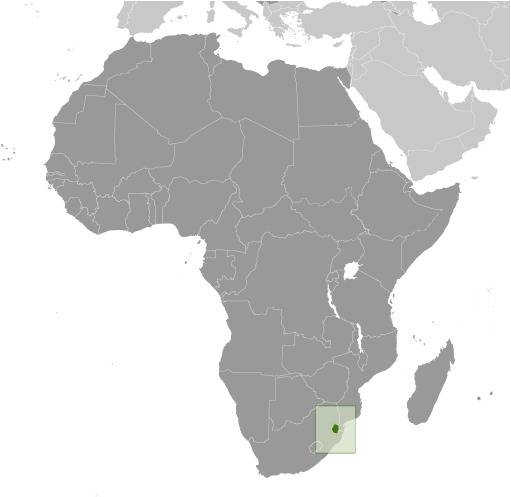
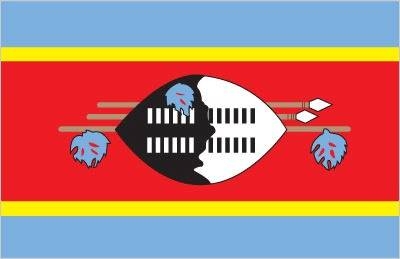
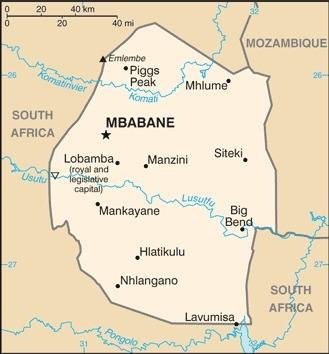
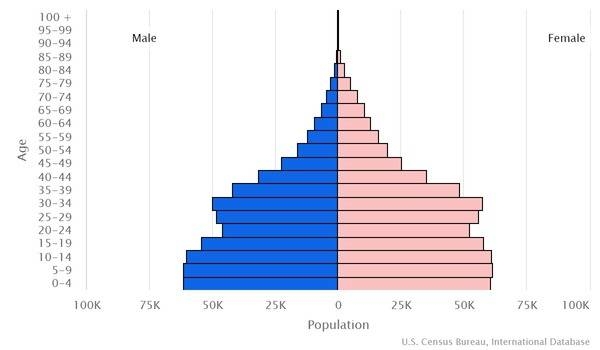
Introduction
Background
Autonomy for Eswatini was guaranteed by the British in the late 19th century and independence was granted in 1968. A new constitution came into effect in 2006, which included provisions for a more independent parliament and judiciary, but the legal status of political parties remains unclear.
Geography
Area
total: 17,364 sq km
land: 17,204 sq km
water: 160 sq km
Climate
varies from tropical to near temperate
Natural resources
asbestos, coal, clay, cassiterite, hydropower, forests, small gold and diamond deposits, quarry stone, and talc
People and Society
Population
1,121,761 (2022 est.)
Ethnic groups
predominantly Swazi; smaller populations of other African ethnic groups, including the Zulu, as well as people of European ancestry
Languages
English (official, used for government business), siSwati (official)
Religions
Christian 90% (Zionist - a blend of Christianity and indigenous ancestral worship - 40%, Roman Catholic 20%, other 30% - includes Anglican, Methodist, Church of Jesus Christ, Jehovah's Witness), Muslim 2%, other 8% (includes Baha'i, Buddhist, Hindu, indigenous, Jewish) (2015 est.)
Population growth rate
0.75% (2022 est.)
Government
Government type
absolute monarchy
Capital
name: Mbabane (administrative capital); Lobamba (royal and legislative capital)
Executive branch
chief of state: King MSWATI III (since 25 April 1986)
head of government: Prime Minister Cleopas DLAMINI (since since 19 July 2021); Deputy Prime Minister Themba MASUKU (since 6 November 2018)
Legislative branch
description: bicameral Parliament (Libandla) consists of:
House of Assembly (70 seats statutory, current 74; 59 members directly elected in single-seat constituencies or tinkhundla by absolute majority vote in 2 rounds if needed, 10 members appointed by the monarch, 4 women elected by the members if representation of elected women is less than 30%, and 1 ex-officio member - the attorney general; members serve 5-year terms)
Economy
Economic overview
landlocked southern African economy; South African trade dependent and currency pegging; CMA and SACU member state; COVID-19 economic slowdown; growing utilities inflation; persistent poverty and unemployment; HIV/AIDS labor force disruptions
Real GDP (purchasing power parity)
$9.74 billion (2020 est.)
Real GDP per capita
$8,400 (2020 est.)
Agricultural products
sugar cane, maize, roots/tubers nes, grapefruit, oranges, milk, beef, potatoes, vegetables, bananas
Industries
soft drink concentrates, coal, forestry, sugar processing, textiles, and apparel
Exports
$1.81 billion (2020 est.)
Exports - partners
South Africa 94% (2017)
Exports - commodities
soft drink concentrates, sugar, timber, cotton yarn, refrigerators, citrus, and canned fruit
Imports
$1.7 billion (2020 est.)
Imports - partners
South Africa 81.6%, China 5.2% (2017)
Imports - commodities
motor vehicles, machinery, transport equipment, foodstuffs, petroleum products, chemicals
Exchange rates
emalangeni per US dollar -
Page last updated: Thursday, May 12, 2022
